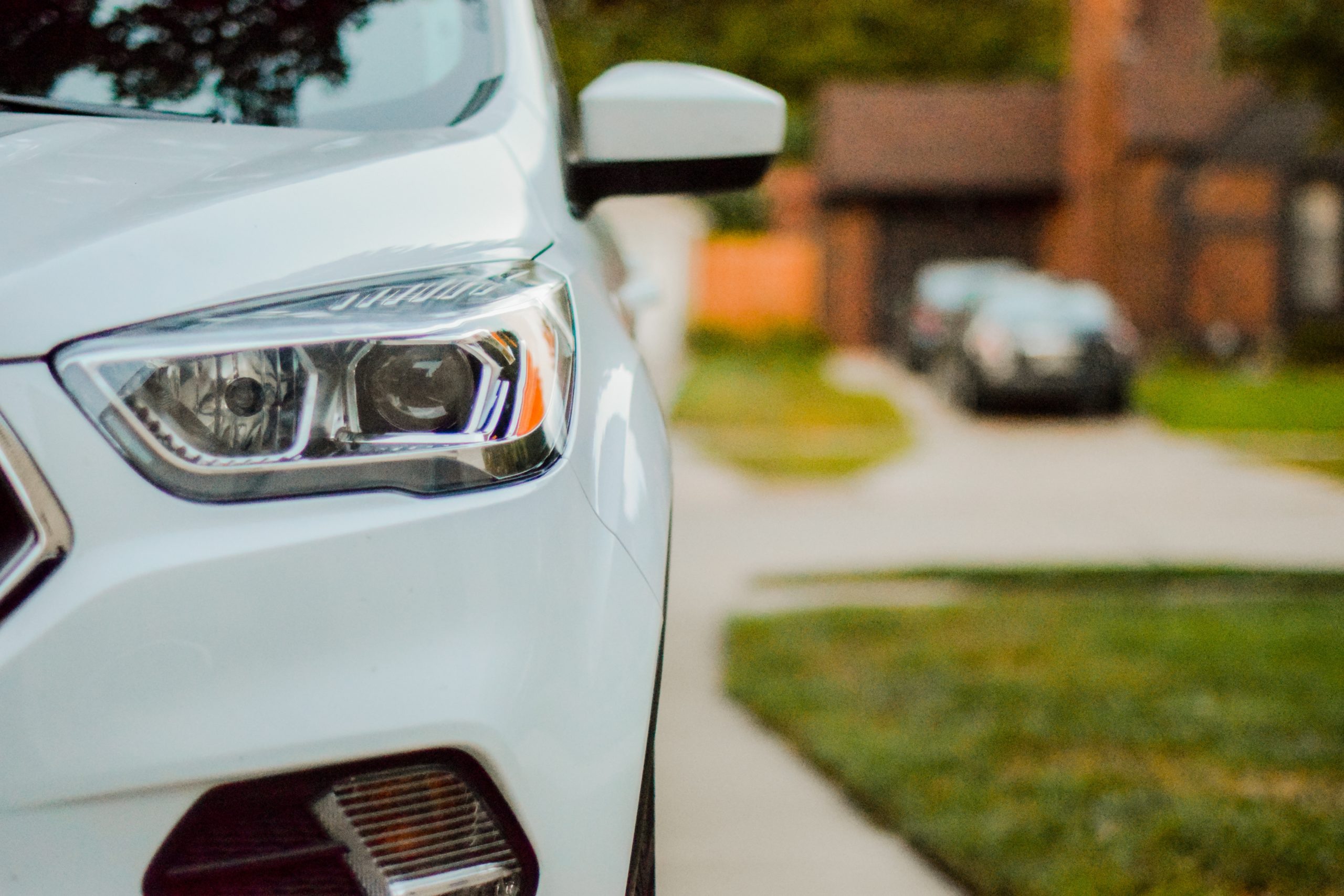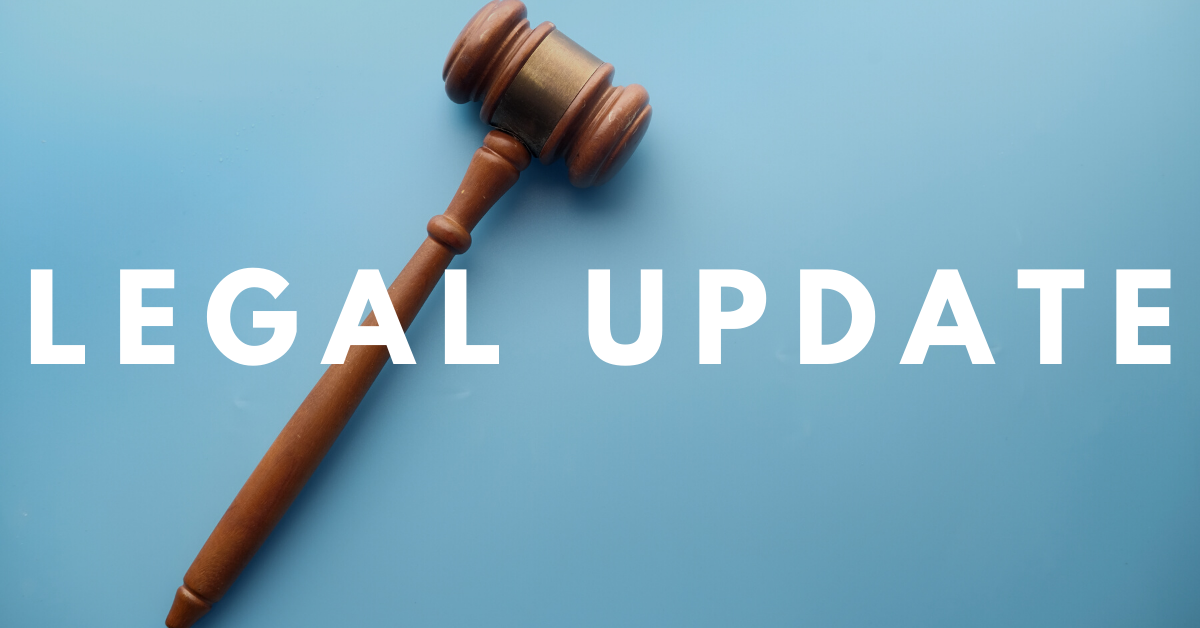A recent study revealed that over one-third of Americans have used ridesharing services such as Uber or Lyft, with 2% of the country relying on these services every day for their commuting needs.[1] With the popularity and prevalence of ridesharing in America, it is important that both drivers and riders are aware of the insurance coverage that applies.
Did You Know?
It is important to keep the following in mind if and when an accident occurs during an Uber or Lyft ride.
1. Uber and Lyft Do Not Classify Their Drivers as Employees
While ride-share drivers sport the logos of these companies in their car dash and receive their driving assignments from the companies, neither Uber nor Lyft classify their drivers as employees. Rather, rideshare drivers are classified as independent contractors in their agreements with the companies.
While district courts have been split on whether rideshare drivers are, in fact, employees, the National Labor Relations Board has advised that these drivers are more akin to freelancers than employees of these respective companies.[2] With this, it is unlikely that Uber and Lyft would face employer liability for the actions of its drivers since they are not employees of these companies.
2. Uber and Lyft Serve as an Excess Insurance Provider
If a rideshare driver causes an accident, their coverage will serve as the primary coverage. That is, Uber and Lyft’s insurance will only apply after a claim has been made on the driver’s personal plan. Further, the amount Uber and Lyft will contribute will depend on the time during which the accident occurred, as explained below.
3. How Insurance Companies Divide A Driver’s Time
Because most rideshare drivers hold personal rather than commercial automobile insurance, insurance companies have devised a system for determining when a rideshare driver is using their car for personal versus commercial use. Insurance coverage differs depending on when an accident occurs, as explained below.
Period 1. The driver has the rideshare app open and is driving around looking for a passenger to pick up.
During this period, Uber and Lyft provide liability coverage for any accident that is the fault of the driver, covering up to $50,000, per person injured in an accident caused by the rideshare driver, $100,000, total injury liability per accident, and $25,000, property damage liability. This liability coverage only covers damages sustained by others—if the driver’s person or property is damaged, it will not be covered.
Period 2. The driver has been matched with a rider and is on the way to the pick-up.
Period 3. The rider is in the car and the period ends when the rider gets out.
If an accident occurs during Periods 2 or 3, Uber and Lyft will provide liability coverage in the amount of $1 million, applying to injuries and property damage sustained by a rideshare customer or anyone hit by an Uber or Lyft car at the fault of the rideshare driver. As is the case with accidents during Period 1, the companies’ liability coverage will not cover injuries sustained by the Uber or Lyft driver.[3]
Contact Us
If you or someone you know is seeking legal advice, please give us a call. Our experienced attorneys are prepared to provide advice and personalized legal representation.
Disclaimer: The information contained in this article is provided for informational purposes only and is not intended as legal, financial, investment or tax advice from Loeb Law Firm (or the individual author), nor as a substitute for legal counsel, and should not be relied upon as such. Users of our website should seek the advice of an individual attorney, licensed in the user’s jurisdiction, for any legal questions concerning a specific factual situation. By using Loeb Law Firm’s website, reading or commenting on posts, articles or blogs, or sending inquiries through the site or contact email, you confirm that there is no attorney-client relationship between you and Loeb Law Firm. With respect to the content of this article, laws frequently change and what might be accurate one day may not be accurate the next. Loeb Law Firm therefore reserves the right to edit all blog posts, articles or other website content at any time, without prior notice. Loeb Law Firm is not responsible for any errors or omissions in the content of this article or our website or for damages arising from the use or performance of this site under any circumstances. Similarly, any links to third party sites or information contained in this article or on our website are not intended as, and should not be interpreted by the user, as constituting or implying our endorsement, sponsorship, or recommendation of the third party information, products, or services found therein.
[1] Aarian Marshal, A Third of Americans Use Ride-Hail. Uber and Lyft Need More, Wired. (Jan. 28, 2019, 9:00 am), https://www.wired.com/story/uber-lyft-ride-hail-stats-pew-research/
[2] National Labor Relations Board, Advice Memorandum: Uber Technologies, Inc. Cases 13-CA-163062, 14-CA-158833, and 29-CA-177483, NLRB. (Apr. 16, 2019), http://src.bna.com/Ibt
[3] Janet Portman, What Do Uber and Lyft Drivers Need to Know About Car Insurance?, NOLO. https://www.nolo.com/legal-encyclopedia/what-do-uber-and-lyft-drivers-need-to-know-about-car-insurance.html




